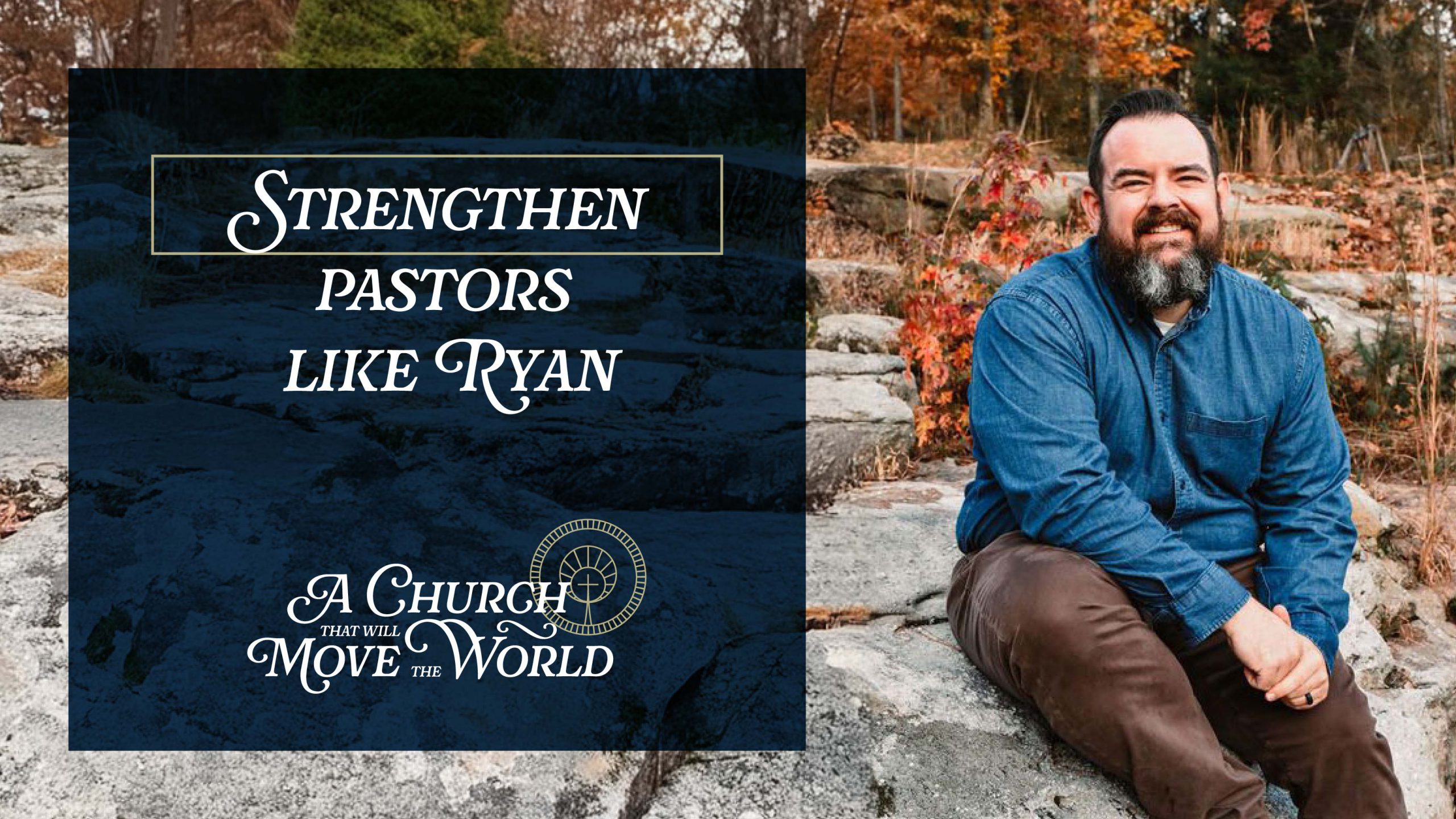


Is this death with dignity?

Picture this: An elderly woman with Alzheimer’s lives in a nursing home. The staff consider her to be a “controlling” patient who causes trouble. Unbeknownst to her, a doctor puts a tranquilizer in her coffee. And then when it’s clear the doctor is going to inject her with a lethal dose of medication, she puts up a fight.
The doctor asks her family to restrain the woman. They do, and the woman is killed.
It’s not hypothetical. It’s what happened in the Netherlands—an all-too-predictable result of so called “right to die” or “death with dignity” laws. Five U. S. states, including mine, Colorado, permit physician assisted suicide.
As I and others have said many times before, the so-called “right to die” will inevitably devolve into an obligation to die. It’s happened in Europe, and we’re fools to think it won’t happen here.
A Dutch review panel said the doctor in this case crossed a line, but failed to name which line he crossed. But I will: it’s called “murder.”
Have a Follow-up Question?
Want to dig deeper?
If you want to challenge yourself as many others have done, sign up below.
Webinars
Short Courses
Up
Next














